The following list highlights some of the best places to visiting in Malawi. So if you are in Malawi, I recommend visiting the following:
- Chongoni Rock-Art Area, Dedza, Malawi
- Dedza Mountain, Dedza, Malawi
- Kumbali Cultural Village, Lilongwe, Malawi
- Nkhoma Mountain, Lilongwe, Malawi
- World War I Memorial, Lilongwe, Malawi
- Kuti Wildlife Reserve, Salima, Malawi
- St. Peter’s Cathedral, Likoma Island, Malawi
- Vwaza Marsh Wildlife Reserve, Mzimba, Malawi
- Likoma Island, Northern Region, Malawi
- Viphya Plateau, Northern Region, Malawi
- Manchewe Waterfalls, Rumphi, Malawi
- Mulanje Mountain, Blantyre, Malawi
- Michiru Mountain, Blantyre, Malawi
- Kapichira Falls, Chikwawa, Malawi
- Lengwe National Park, Chikwawa, Malawi
- Malape Pillars, Lilomba, Malawi
- Liwonde National Park, Liwonde, Malawi
- Lake Malawi National Park, Mangochi, Malawi
- Satemwa Tea Estate, Shire Highlands, Malawi
- Zomba Massif, Shire Highlands, Malawi
- Mulunguzi Dam, Zomba, Malawi
The Best Places in Central Region of Malawi
1. Chongoni Rock-Art Area, Dedzaa
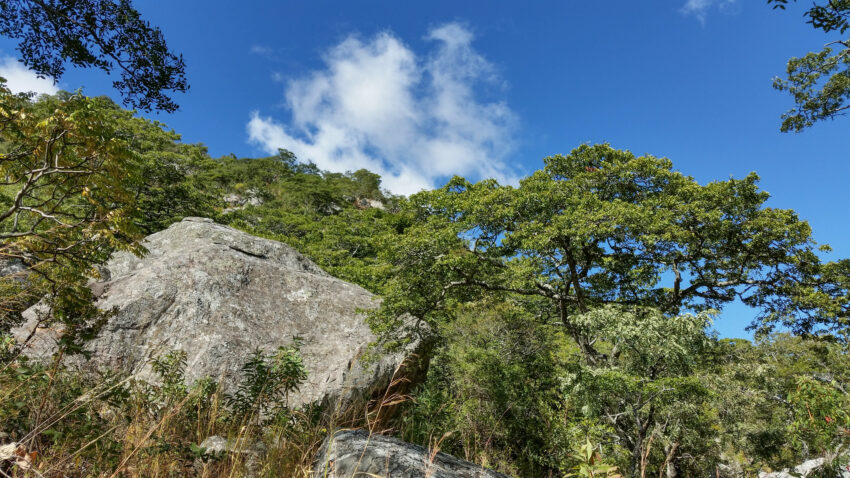
The area is a UNESCO World Heritage Site, which gives you an insight into the history of the area and learn about the different tribes and groups that made it their home. During the visit we will be able to meet some of the local communities: this country is known as the hospitality centre of Africa for its hospitality.
2. Dedza Mountain, Dedza
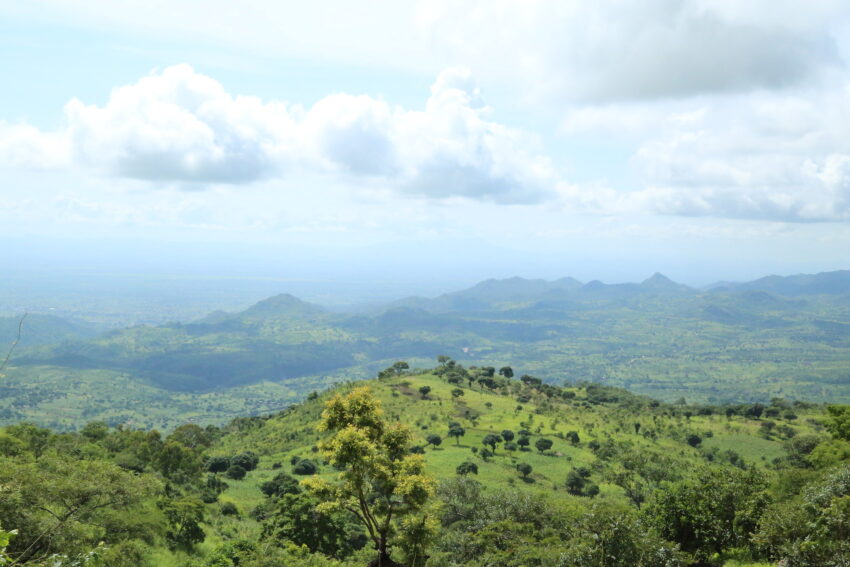
At almost 2,000 metres above sea level, the area is home to the peak of the Dedza Mountains, which has been inhabited since the Early Stone Age. Chongoni rock art can be found here; a trip to Dedza brings you closer to Malawi’s finest pottery workshops and villages.
3. Kumbali Cultural Village, Lilongwe
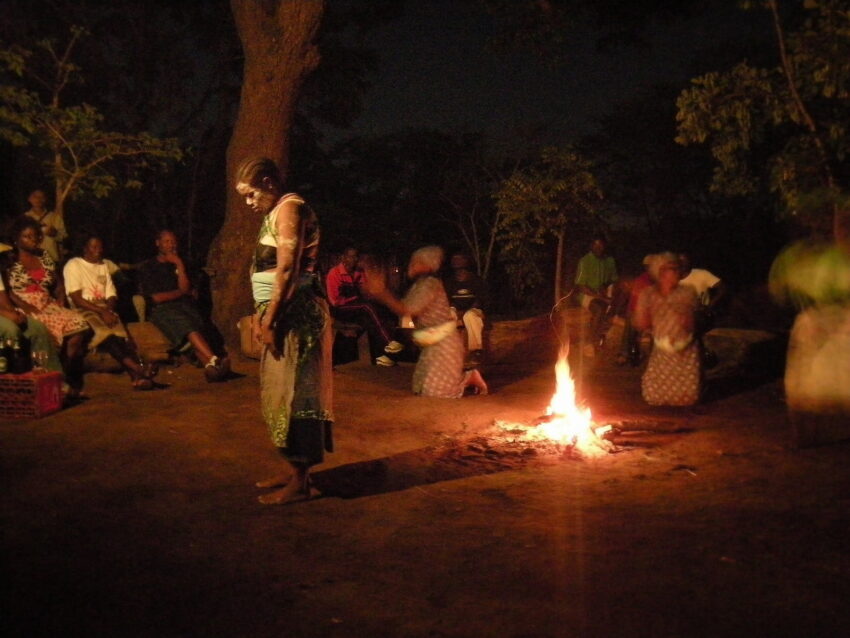
This is a quiet place away from the city where visitors can relax and connect with nature. The local cuisine offers mouthwatering African flavours. The traditional huts are built with unburnt mud bricks, pine planks and reeds. They reflect the cultural configuration of the Kumbari cultural village.
4. Nkhoma Mountain, Lilongwe
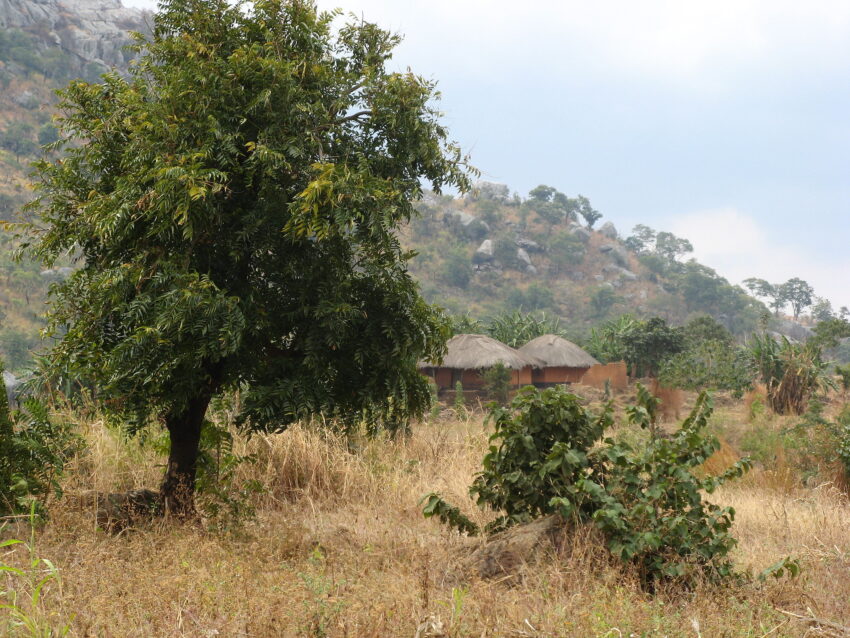
Nkhoma is a mountain in the Lilongwe district. African missionaries established a mission area in 1889 and called it Hill Mission. Today, Nhoma is still the headquarters of the Presbyterian Church of Central Africa. To get there you need to be aware that it is very steep and has many smooth stones, but it is easy to get to the top.
5. World War I Memorial, Lilongwe
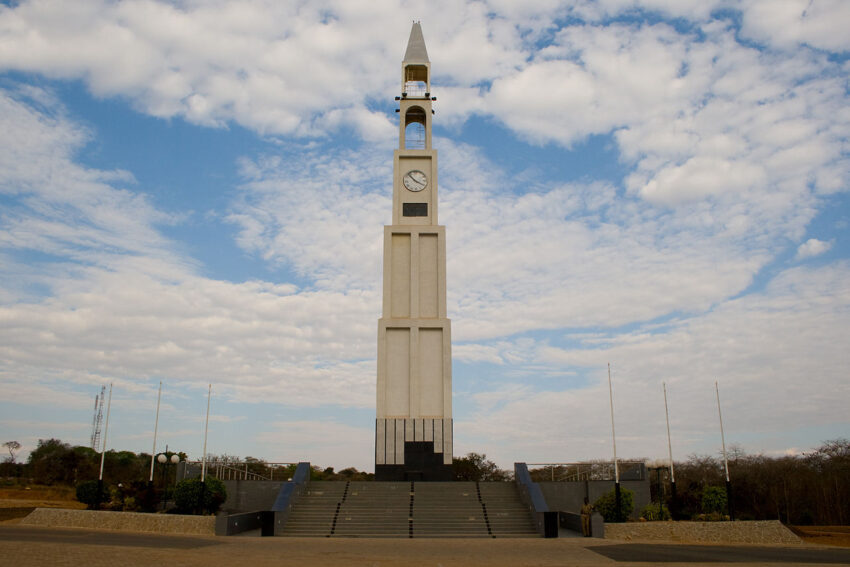
The memorial tower stands on the same site where Dr. Hastings Kamuzu Banda, Malawi’s first president, died. This memorial was built to honour all soldiers and civilians who lost their lives in the First and Second World Wars. There is no lift in the tower, so you have to climb the fascinating stairs and steps to see one of the best panoramic views of Lilongwe from the top.
6. Kuti Wildlife Reserve, Salima
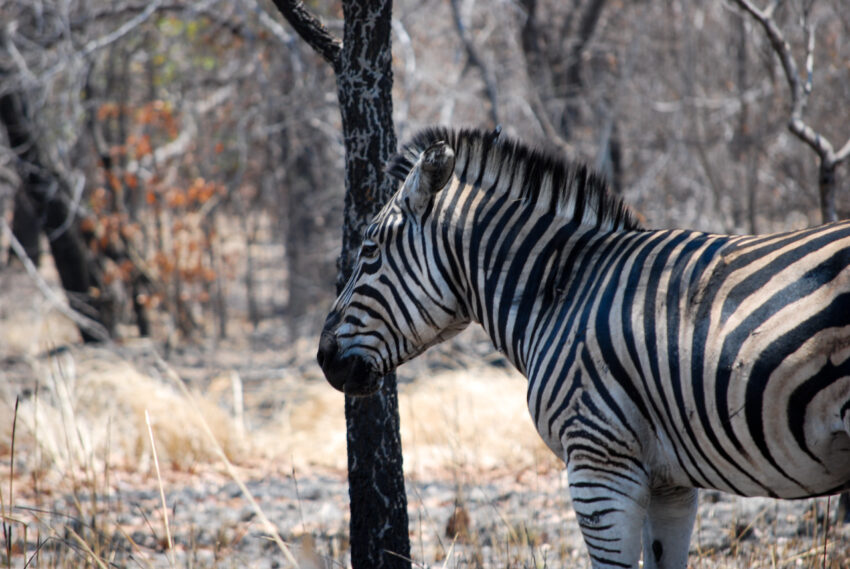
This place is known for the variety of animals and biodiversity that surrounds it. Zebras, wildebeest and other types of antelopes can be seen in the reserve, and there are no lions or elephants in the area. It is perfect for guided and unguided trekking, cycling and game drives. It is also possible to stay overnight at Kuti Wildlife Sanctuary as a camping area.
The Best Places in Northern Region of Malawi
7. St. Peter’s Cathedral, Likoma Island
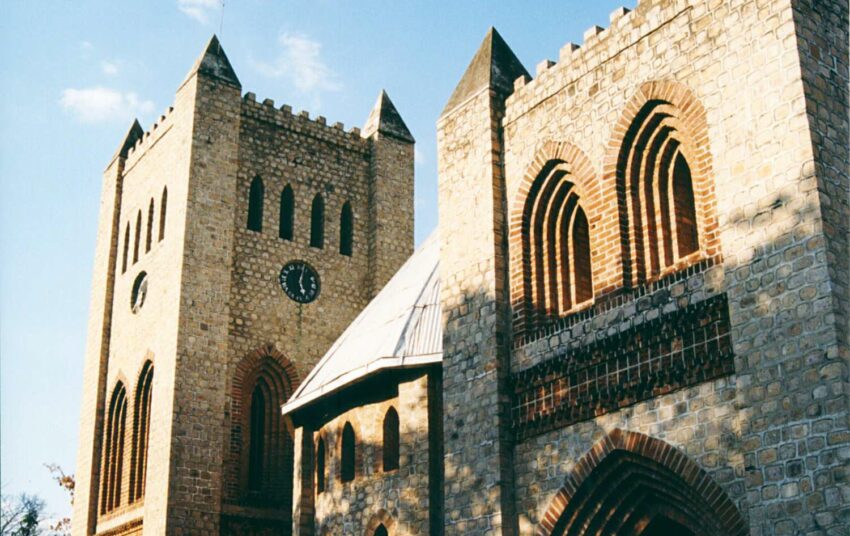
It is the main church of the Anglican Diocese of Northern Malawi. It is believed to be the third largest cathedral in Central Africa, equal to Winchester Cathedral in the UK. Its beautiful stained glass windows, intricate stonework and grand scale reflect the religious touch of the missionary builder. If you are lucky enough to be here on a Sunday, it will be an unforgettable experience to participate in the energetic service and listen to the beautiful singing of the choir.
8. Vwaza Marsh Wildlife Reserve, Mzimba
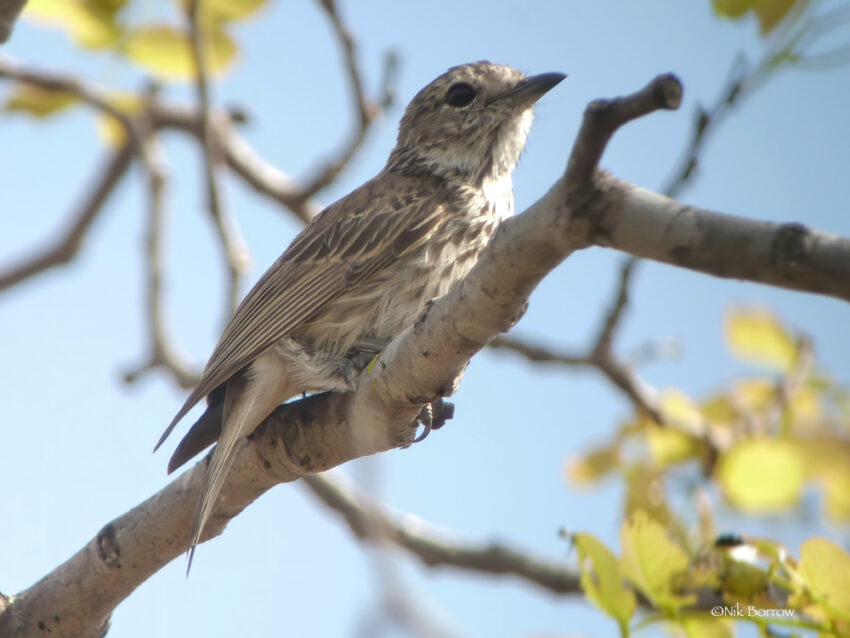
The Vwaza Nature Reserve is compact and accessible, and the main camps are located near Lake Kazuni, where most of the animals go to drink water. The reserve’s main tourist attraction is the herd of elephants that live here. The lake is also home to an abundance of hippos, which share the water with dozens of other species, including zebras, impala, buffalo, eland, eland, elephant and puku. A small entrance fee is required to enter the park.
9. Likoma Island, Northern Region
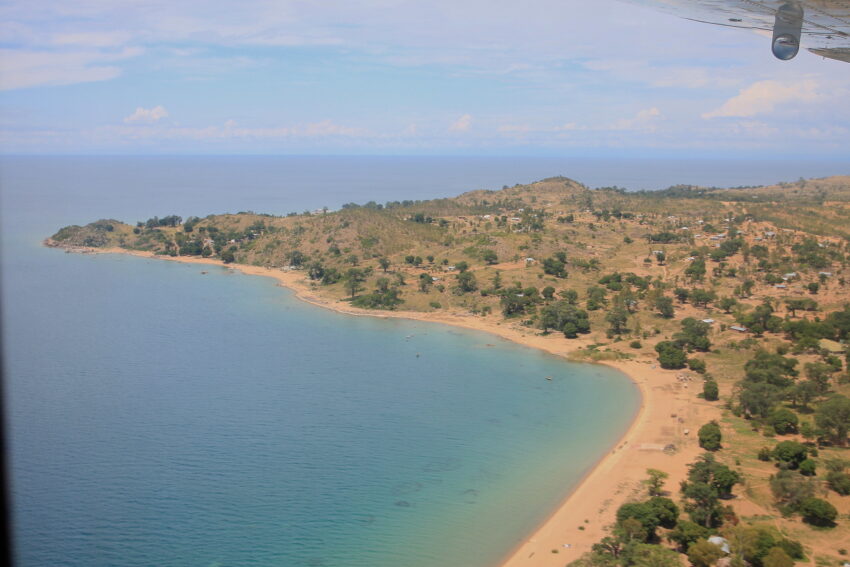
Even though there are several resorts, the island remains largely untouched and you can experience local life at close quarters. To get there, you can take a plane or a ferry, which the locals use to travel around the lake. If you’re a diver, the island is perfect for beachcombing and kayaking or even freshwater diving.
10. Viphya Plateau, Northern Region
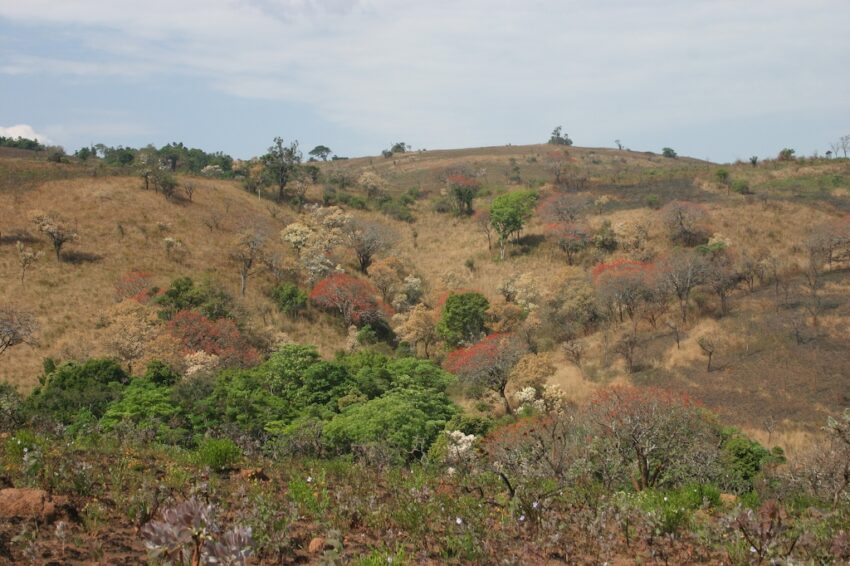
The reserve is home to the extensive Viphya Plantation, also known as the Chigana River Forest, which is dominated mainly by exotic pine trees. South Viphya Forest is home to Malawi’s largest population of red forest duke, as well as yellow baboons, warblers, antelope, warthogs, warthogs and leopards. The diverse landscape and the wildlife it supports make this relatively unspoilt land particularly attractive to tourists.
11. Manchewe Waterfalls, Rumphi
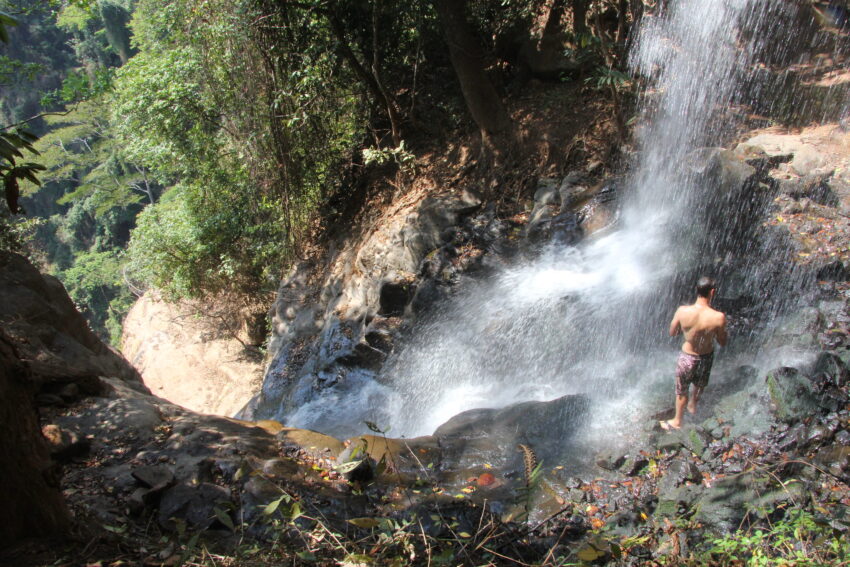
The scenery is spectacular and we discover peculiar vegetation and population changes. From the mountain, towards the cliff side, 2 waterfalls reach a height of 100m. The entrance fee to see the waterfall is 500 MWK. You can go alone or with a guide, the good thing about the guide is that he can easily show you the way down the waterfall.
The Best Places in Southern Region of Malawi
12. Mulanje Mountain, Blantyre
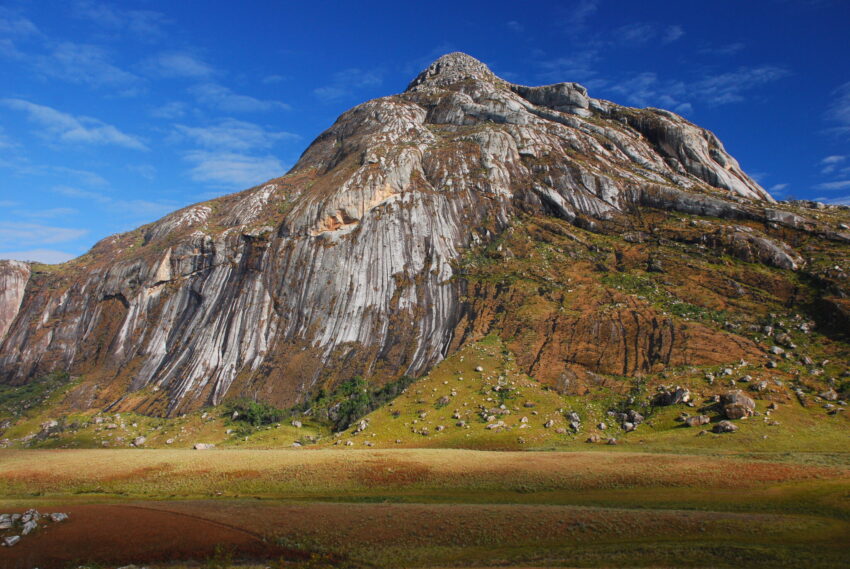
They are one of the most important trekking and mountaineering destinations on the African continent. It can be visited all year round, although many prefer to visit from April to August because it is drier and less hot, those who want to enjoy the warmth can go from November to April. There are eight huts in these mountains where visitors can find fireplaces, cooking facilities and mattresses for the night.
13. Michiru Mountain, Blantyre

It is the closest nature reserve to Blantyre, and is the only mountain around here that still contains primary forest and some wildlife. The mountain makes an ideal day trip or picnic and is popular with local families and young people as well as international tourists. This route has an elevation near 363 metres and has a difficult rating.
14. Kapichira Falls, Chikwawa
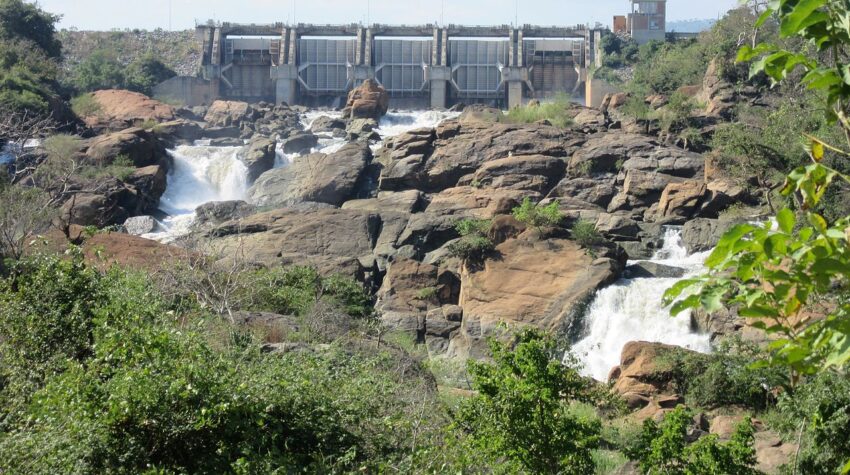
They are located near the entrance to the Majete Animal Sanctuary. This is a well-preserved pristine state, and you can especially enjoy bird watching and hiking in the company of the rangers.
15. Lengwe National Park, Chikwawa
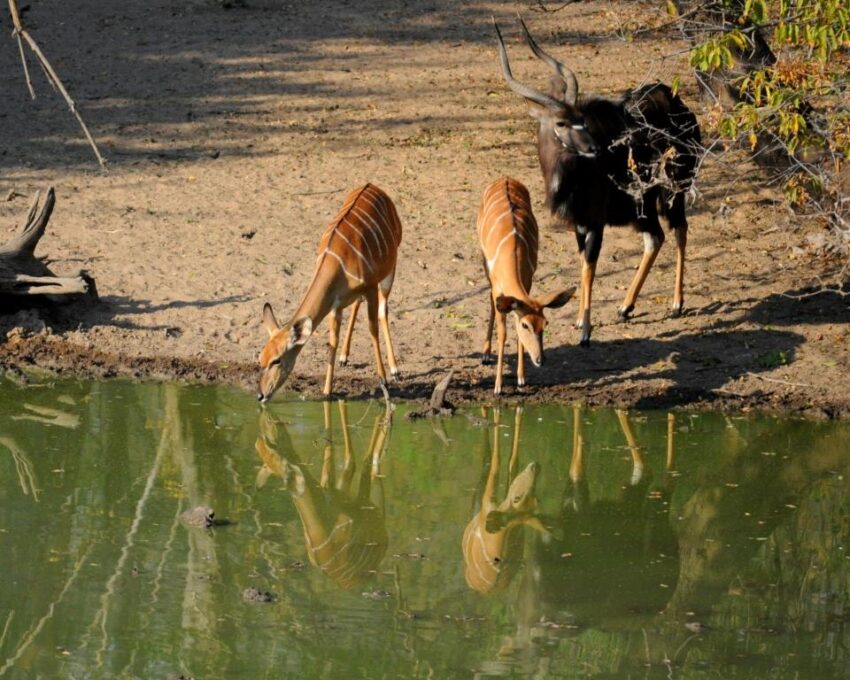
The eastern area is fairly flat, allowing for a well-marked network of walkable paths. At the entrance to the park is a heritage centre with a small museum, craft shop, library, teaching and administrative offices, open meeting area and bathing areas. Please note that outside the rainy season, the park is very dry and many waterways become dry and sandy channels.
16. Malape Pillars, Lilomba
The Malape Pillars are a natural landform found in Lilomba, Machina, Malawi. It used to be a sacred place. It is believed that the gods once lived there, so the elders went there with offerings. The beautiful and unique Marape Pillars are one of the few tourist attractions in Malawi that you would think were man-made.
17. Liwonde National Park, Liwonde
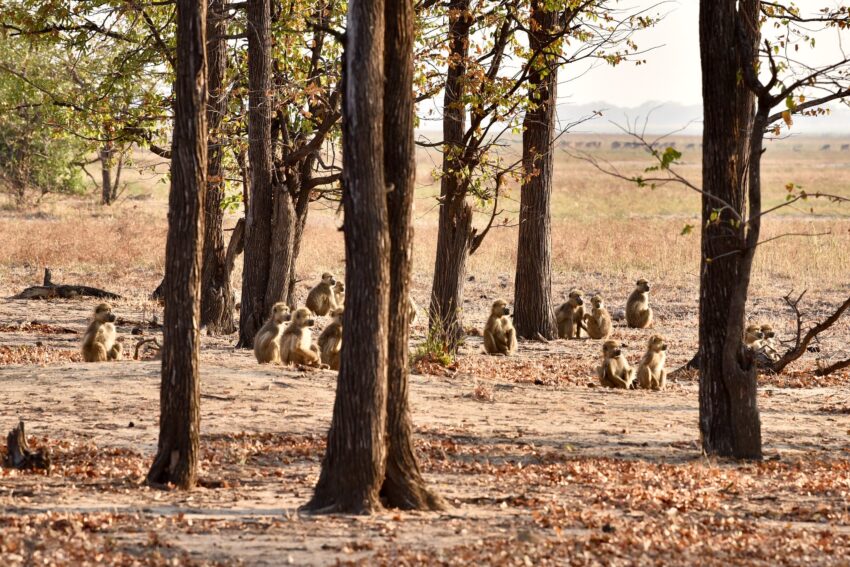
This national park is home to Malawi’s largest elephant herd. You can also see hippos, zebras or crocodiles and many other animals there. One of the best activities you can do is canoeing. The events take place before sunset and cost around $20 per person. In addition to boat rides, there are other options, such as quad biking and walking tours. Prices vary widely, from $10 to $60.
18. Lake Malawi National Park, Mangochi
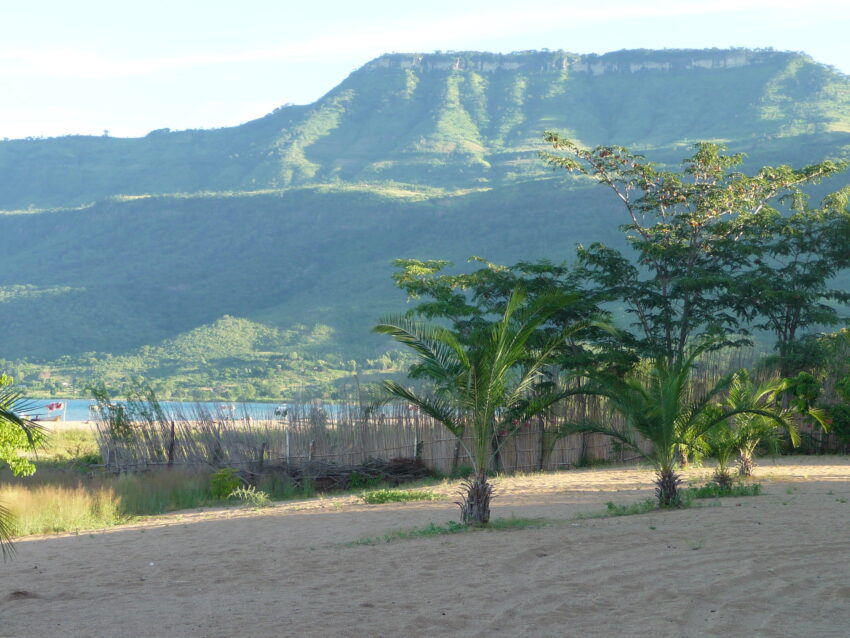
It is home to hundreds of fish species, almost all endemic, in its deep, clear waters. Active activities in Lake Malawi National Park are very diverse and include enjoying crystal clear beaches and white sand, it is the best diving destination in the world with over 600 species of fish. Endemic. One way to visit Lake Malawi National Park is to take a ferry from one end to the other, stopping at each beach and island paradise.
19. Satemwa Tea Estate, Shire Highlands
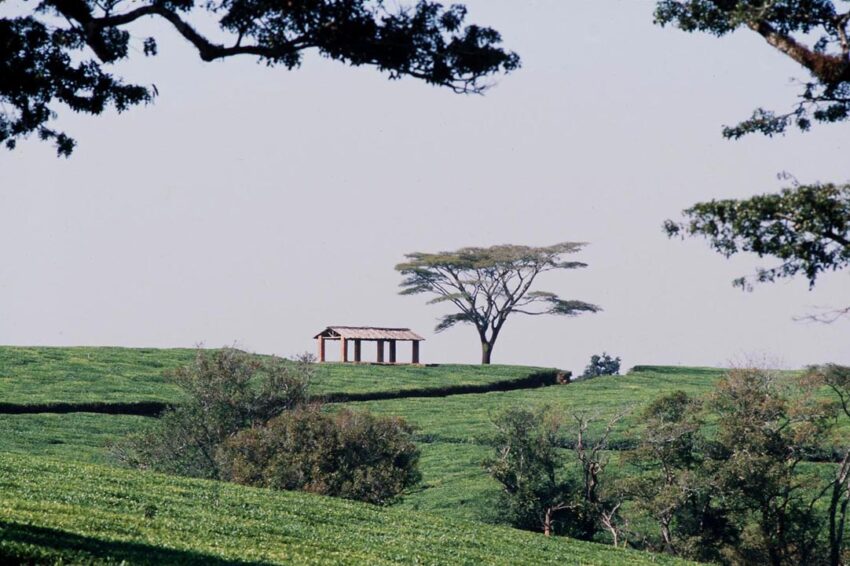
Located in Shire Heights, Thyolo, this family-owned estate is world renowned for its exceptional vegetation and buds. Unlike the country, the Satemwa tea bushes are used to produce premium quality green, white, black and oolong tea.
20. Zomba Massif, Shire Highlands
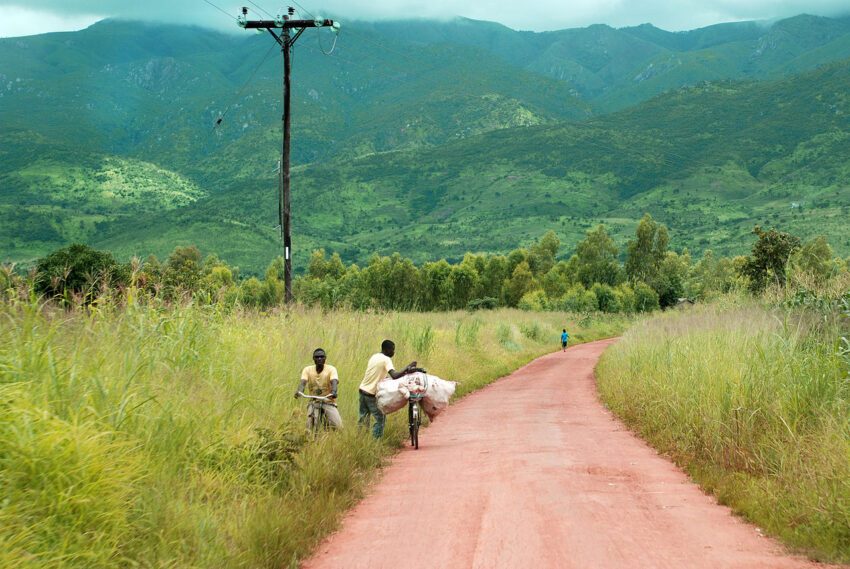
The whole plateau is famous for its children and adults who act as guides who know the area and all its stories very well. They can take visitors to streams, waterfalls and to the highest point with several viewpoints. These guides are inexpensive, fun and useful because it is easy to get lost. Don’t miss the spectacular waterfalls, especially the Williams, and swimming is recommended on the hottest days.
21. Mulunguzi Dam, Zomba

The Mulunguzi dam project diverts water from the highlands to distribution points throughout the city. It sits above Mandala Falls and follows the river to William Falls on the Sumba Plateau.
If you loved this article or found it useful, don’t forget to visit and subscribe to my social media for more useful content. Follow us on Google My Business, YouTube, Instagram, Pinterest, Twitter, Facebook or Reddit and subscribe to our receive our free website content.

